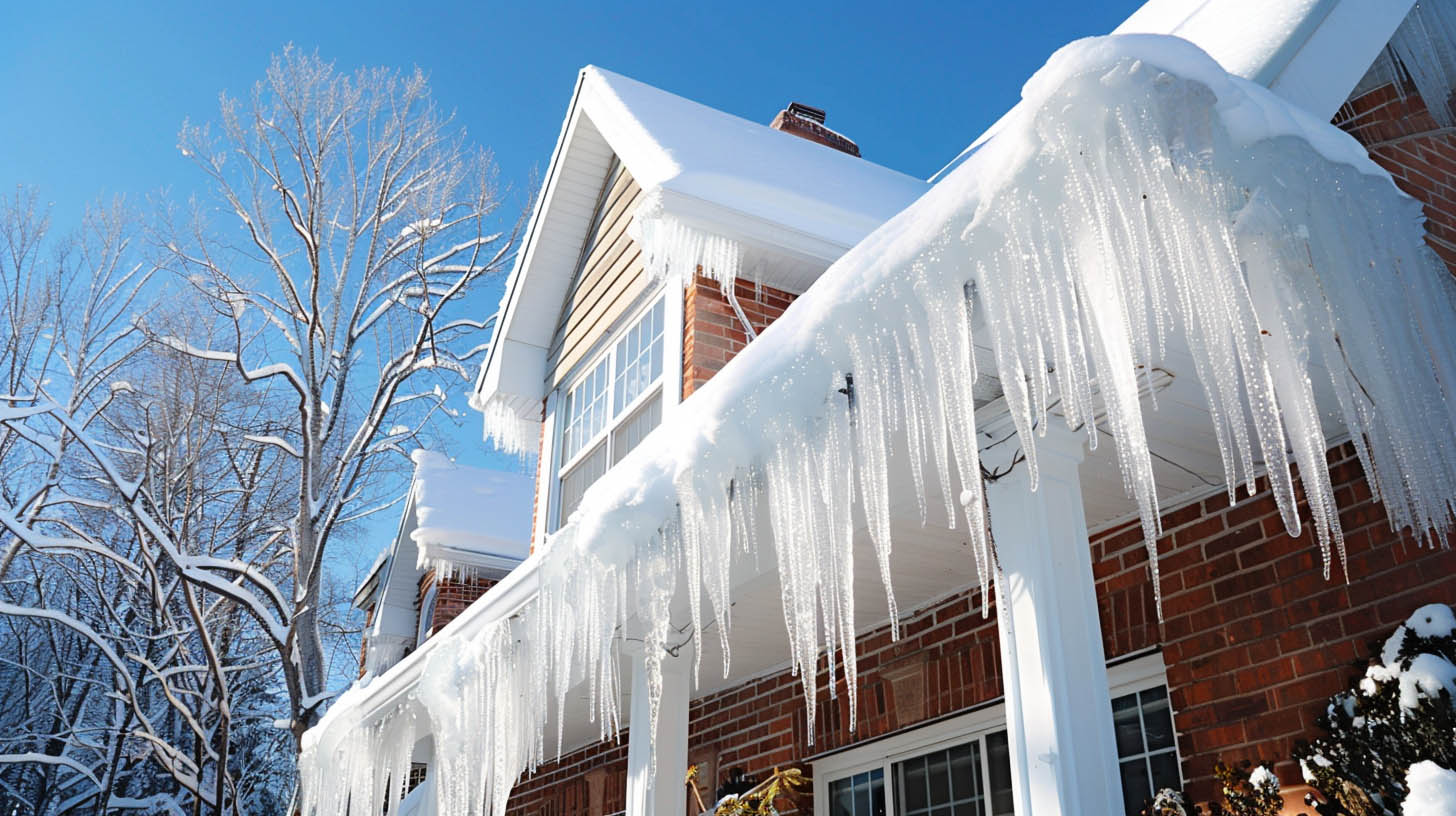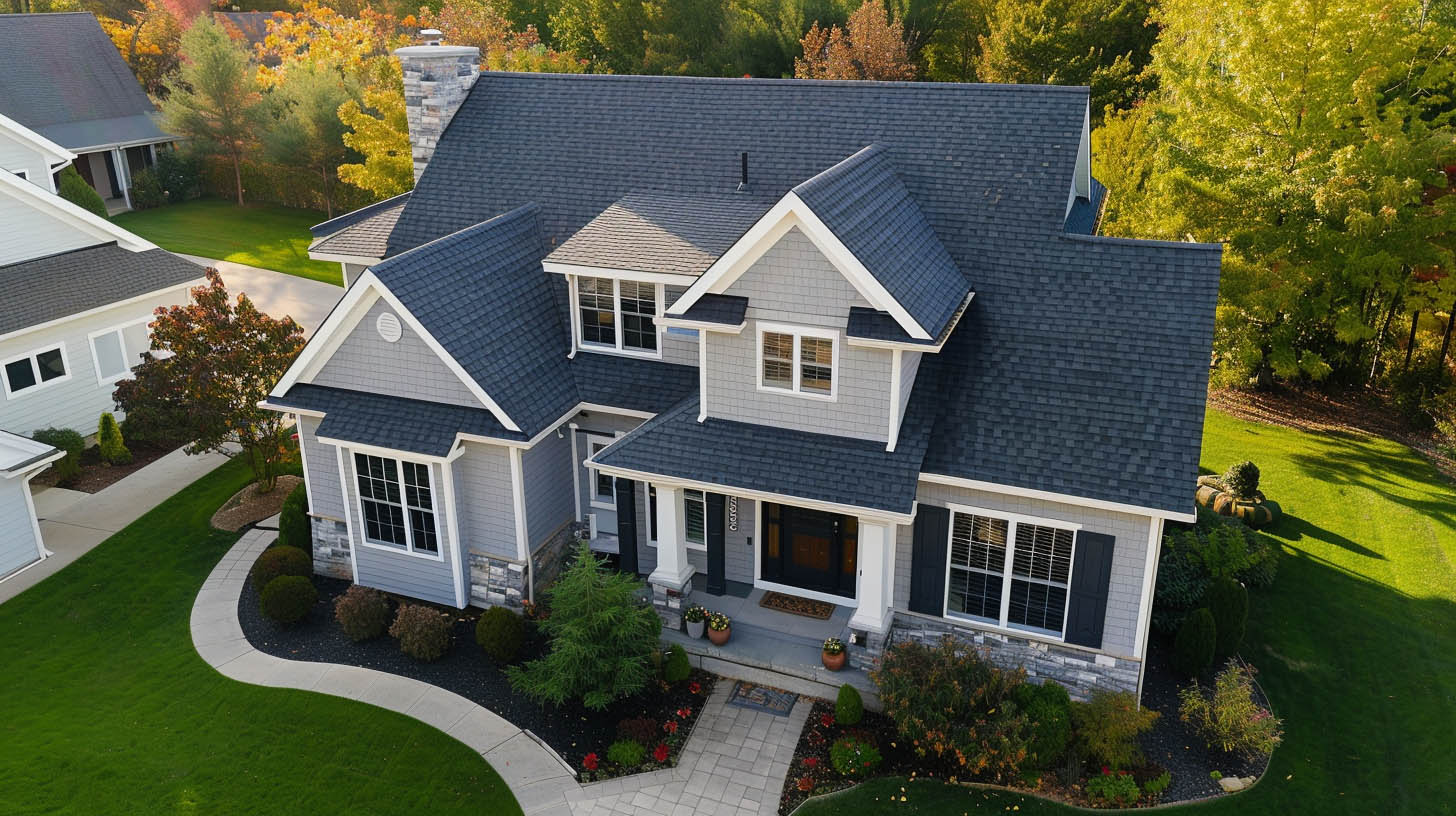
Deciphering Ice Dams
Ice dams emerge as ridges of ice at a roof’s edge, obstructing the path of melting snow. This blockage happens when heat escaping from the attic warms the roof, melting snow that refreezes when it reaches the cooler eaves. This cycle can lead to significant issues, not just externally but for the interior spaces beneath these ice formations.Potential Damages from Ice Dams
Impacts on Roofs and Shingles
Ice dams directly threaten roof integrity, leading to water seepage that damages shingles, underlayment, and flashing. This cycle of freezing and thawing places immense strain on roofing components, elevating the risk of leaks and necessitating prompt repair or replacement.Effects on Gutters and Downspouts
The additional weight and water pressure from ice dams can cause gutters and downspouts to become overburdened, leading to detachment or damage. This not only requires immediate attention but also underscores the importance of regular maintenance to prevent such occurrences.Siding and Foundation Concerns
Exterior walls and the foundation are not immune to the repercussions of ice dams. Overflowing water can infiltrate siding, prompting issues like mold, rot, and structural degradation. Similarly, the foundation may suffer from the freeze-thaw actions, risking the overall stability of the home.Internal Harm
Beyond external damage, ice dams can affect the home’s interior, with water penetrating the attic space, compromising insulation, and fostering mold growth. This intrusion can stain ceilings and walls, affecting the home’s aesthetic and structural integrity.Strategies for Mitigation and Prevention
Immediate Intervention
Removing ice dams swiftly is critical, though it’s advisable to engage professionals equipped with the right tools and expertise. This approach prevents potential damage to the roofing system and ensures personal safety.Longstanding Preventive Measures
Investing in prevention yields long-term benefits, including:- Routine Roof Inspection and Maintenance: Keeping the roof in prime condition prevents conditions conducive to ice dam formation.
- Installation of Heat Cables: Placing heat cables along the eaves minimizes ice accumulation without damaging the roof.
- Enhancing Attic Insulation and Ventilation: Proper insulation and ventilation help equalize the roof’s temperature, deterring ice dam formation.
- Professional Snow Removal: Regularly removing snow from the roof reduces the risk of ice dam development.


